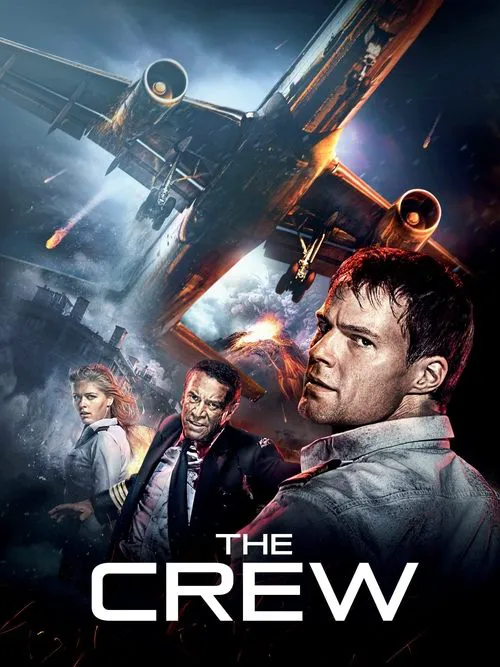Unveiling the Mastery Behind “Flight Crew”: A Glimpse into its Cinematic Ascent
The dramatic spectacle of “Flight Crew” isn’t merely a thrilling sky-high rescue mission; it’s a testament to cinematic ambition, profound character portrayal, and the relentless pursuit of on-screen realism. Diving beyond the captivating narrative of Captain Alexander ‘Sasha’ Bezymenko and his audacious Aeroflot team, we uncover the meticulous craftsmanship that elevated this high-stakes aviation drama into an unforgettable experience.
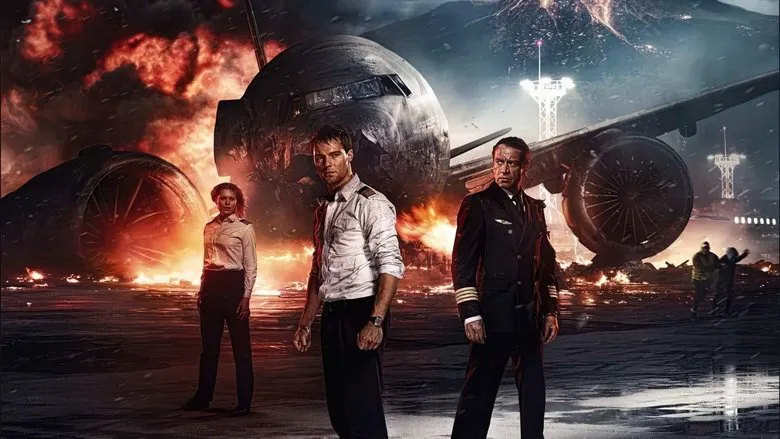
Crafting the High-Stakes Narrative: From Script to Screen
At its heart, “Flight Crew” is a powerful human story wrapped in an adrenaline-pumping disaster epic. The core challenge for the filmmakers was to balance Sasha’s deeply ingrained moral compass and his struggle against bureaucratic rigidity with the grand scale of an impending volcanic catastrophe. The script navigated this delicate equilibrium by first establishing Sasha’s stubborn integrity and the friction he creates among his colleagues, allowing for genuine character growth and emotional pay-offs during the crisis. This thoughtful character development, rather than relying solely on explosions, formed the spine of the film’s dramatic intensity. The screenwriters artfully threaded the theme of safety versus protocol throughout, building a credible foundation for the crew’s eventual defiant act of heroism.
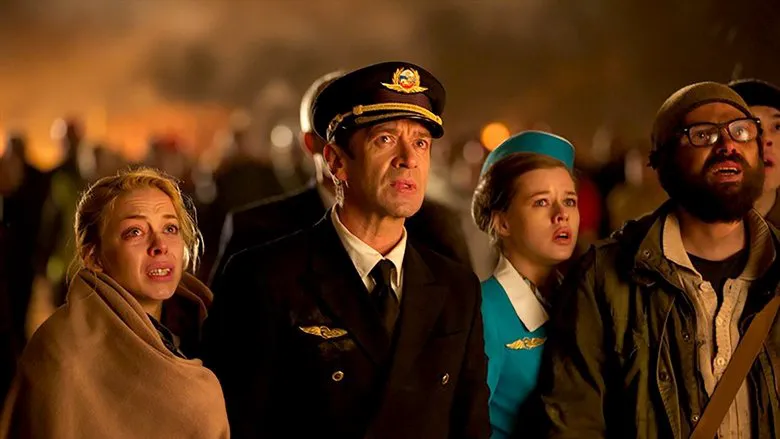
Bringing the Peril to Life: Visual Effects and Immersion
The true spectacle of “Flight Crew” hinges on its convincing depiction of the volcanic eruption and the seemingly impossible flight conditions. This demanded a seamless blend of cutting-edge visual effects, practical sets, and immersive sound design. From the churning ash clouds and rivers of lava engulfing infrastructure to the aircraft shuddering under severe turbulence and structural damage, every element was meticulously crafted to plunge the audience into the heart of the chaos. The sequences involving close calls with jagged terrain and mid-air repairs showcase a remarkable level of technical prowess, often blurring the lines between reality and simulation. The ambition to recreate such cataclysmic events required extensive pre-visualization and a dedicated visual effects team to ensure every frame pulsated with danger.

The detailed cockpit interiors, brimming with an array of buttons, dials, and flashing lights, further cemented the sense of realism. Actors underwent training to convincingly portray the intricate movements and communication patterns of seasoned pilots, adding another layer of authenticity to the crisis situation. The use of elaborate motion rigs for the aircraft interiors allowed for incredibly dynamic camera work, replicating the stomach-dropping sensations of extreme aerial maneuvers.
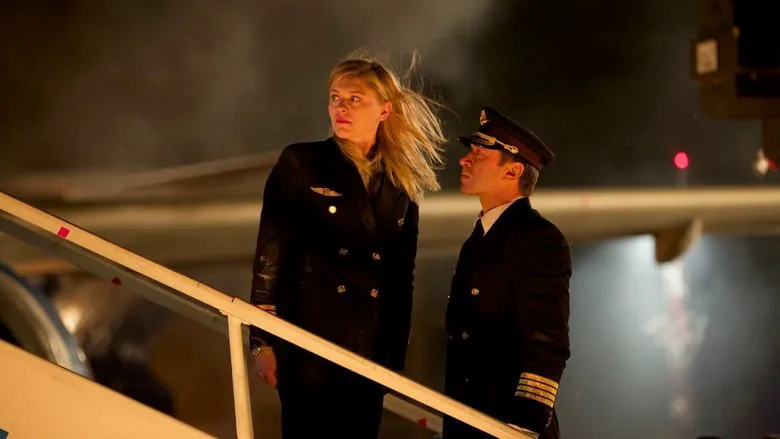
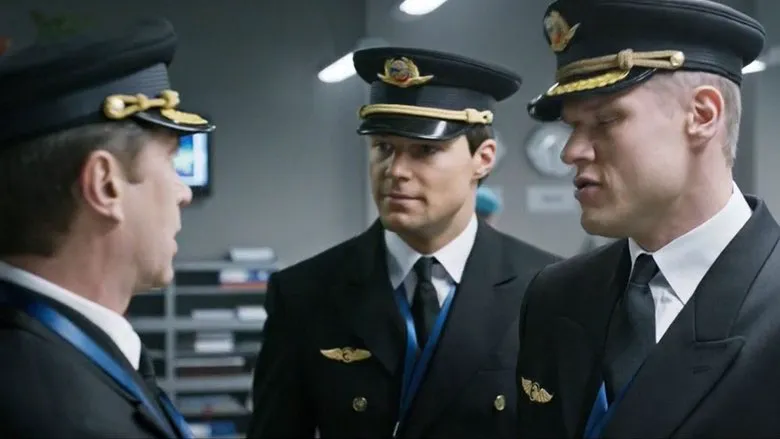
The Human Element: Casting, Performance, and Camaraderie
Beyond the grand spectacle, the success of “Flight Crew” rests heavily on the shoulders of its cast. The transformation of Sasha from a disgruntled, isolated figure into an inspirational leader is a powerful arc, brought to life through nuanced performance. The film’s emphasis on the slowly evolving dynamic between Sasha and his crew members meant that casting chemistry was crucial. As they navigate one impossible challenge after another, the actors convincingly portray their evolving relationships – from initial skepticism and friction to implicit trust and unbreakable bonds forged amidst shared adversity. This gradual camaraderie is critical to the film’s emotional resonance, ensuring that the audience invests not just in the action, but in the people enduring it.
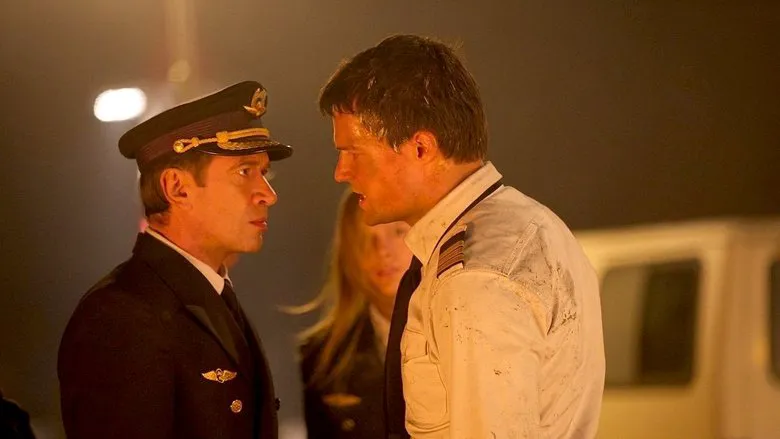
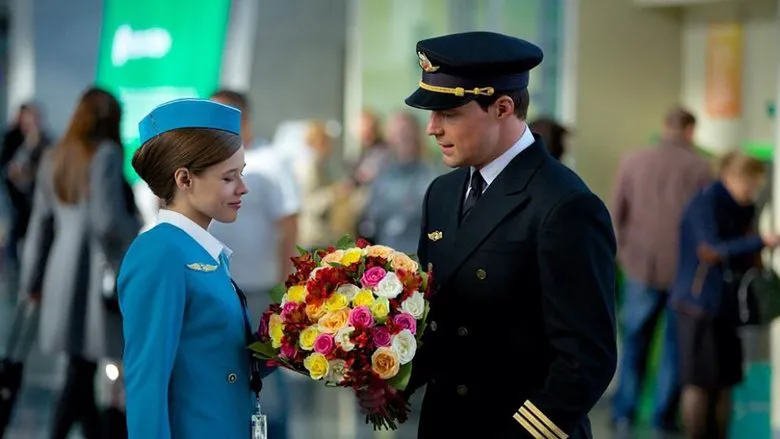
Cinematography: Capturing Nature’s Fury and Beauty
The majestic Russian landscape serves as more than just a backdrop; it becomes an active character, underscoring the crew’s perilous journey. The cinematography masterfully captures the “unforgiving power of nature,” from snow-covered mountains towering over the clouds to the desolate, smoke-choked volcanic island. This visual grandeur heightens the sense of scale and isolation, making the crew’s struggle against overwhelming odds feel even more epic. The sharp contrasts between the serene skies and the chaotic eruption, and the use of dramatic lighting to emphasize both beauty and destructive power, are hallmarks of the film’s stunning visual language. These striking visuals not only enhance the narrative but also consistently remind the audience of the extreme environment the characters are battling.
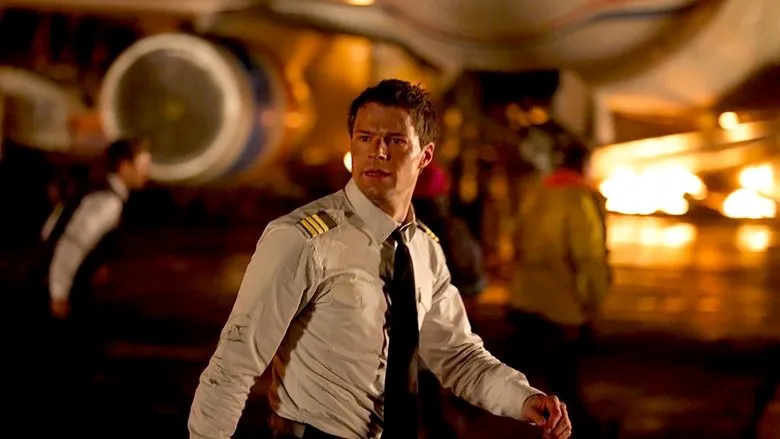
The Director’s Vision: A Resilient Spirit Unleashed
Ultimately, “Flight Crew” thrives on a clear directorial vision that prioritized emotional depth alongside thrilling action. The filmmakers meticulously orchestrated the narrative to build suspense and convey the immense pressure on the crew, reaching an emotionally charged climax that leaves viewers with a lasting impression of heroism and the enduring human spirit. It’s a film that asks profound questions about courage, loyalty, and the moral imperative in the face of insurmountable danger, leaving audiences not just entertained, but deeply moved by the indomitable will to live and serve. The meticulous attention to detail, from realistic flight sequences to compelling character arcs, ensures “Flight Crew” resonates long after the credits roll.
